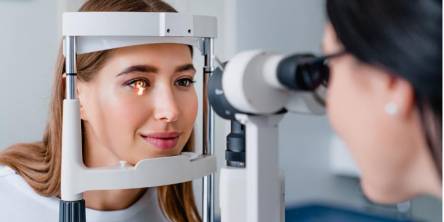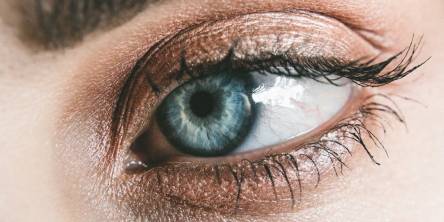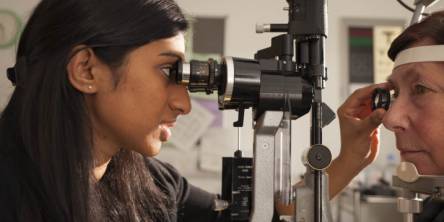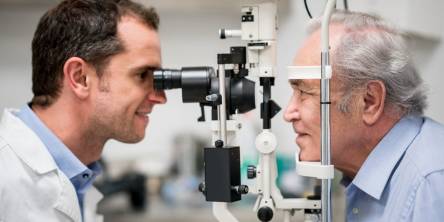Dry Eyes? Make Sure It Is Not The Dry Eye Syndrome That You're Suffering From
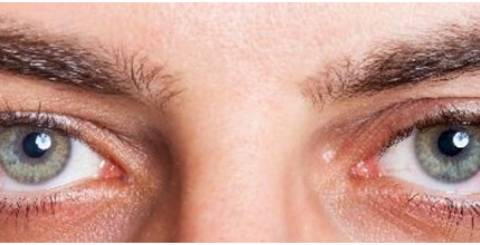
What is the dry eye syndrome?
Dry eye syndrome is a problem caused by a severe lack of wetness and moisture on the eye’s surface. Dry eye syndrome is a progressive condition which may or may not be permanently cured depending on its severity and cause.
However, if treated effectively, then it gives the patient reduced dry eye symptoms, enhanced eye comfort, and a clear sharp vision.
Dry eye syndrome gives irritation and inflammation to the eyes. Dryness and inflammation occur to the cornea in the eye. This is known as Keratitis Sicca. Along with Keratitis Sicca, damage can also be caused by the front part of the eye.
Dry eyes syndrome is highly prevalent and it is one of the major reasons for eye disorders because your eyes do not produce sufficient tears to keep your eyes moisturized well and act as a protective layer to the eyes. Tears protect your eyes from dust particles and foreign bodies.
Dry eye syndrome may be a result of the LASIK or the Cataract surgery.
What are the symptoms of the dry eye syndrome?
Dry eye syndrome has quite a few symptoms and the same can be observed in both the eyes. These symptoms are-
• Stinging/burning sensation in the eyes
• Red eyes
• Itchy eyes
• Painful eyes
• Blurred vision
• Eye fatigue
• Discomfort in the eye due to exposure to light, also known as Photophobia
• Inflammation
• Watery eyes
• A sensation of having something in the eye
A watery eye here is a contradictory symptom for the dry eye syndrome. Watery eyes can occur as a result of the dry surface of the eyes. This dry surface creates over-production of tears in the eyes to balance the dry eyes and give a protective layer to the eyes.
But, these reflexive tears do not stay on the eye’s surface for a prolonged period. These reflexive tears also do not help in curing the dry eye syndrome naturally.
The sensation of having something in the eye means that there is a false feeling of a ‘foreign body’ or particles being there inside the eye. This may cause the person to rub their eyes resulting in red and itchy eyes or any other symptom of dry eyes being aggravated.
What are the solutions and treatment of the dry eye syndrome?
Successful treatment for the dry eye syndrome is possible under doctoral guidance and treatment. Some of the dry eye syndrome treatment options are explained here-
ARTIFICIAL TEARS
Lubricating eye drops that increase your eye moisture are a common way for treating the dry eye syndrome. Artificial tears are also an alternative here. Artificial tears with low viscosity or high viscosity can be used after prescription from the doctor.
MEDICATIONS
Medicine like Restasis is commonly prescribed for treating the dry eye syndrome. This is a daily use prescription eye drop that increases the number of tears in the eyes naturally. It also reduces inflammation and keeps the eyes moist. Alternative medicines include Cholinergic like Pilocarpine. Medicines help in producing tears naturally.
NUTRITION
A balanced diet will also keep your eyes healthy. Here, omega-3 essential fatty acid supplements are often prescribed by doctors to enhance the oil content of the eye.
SURGERY
Your doctor may recommend corrective surgery when other treatments are not successful. Surgery aims at plugging the holes in the eyes to store an adequate amount of tears inside. Here, drainage points in the inner corners of the eyes are filled to avoid tears to flow out.
Other treatment options- Plugs, blinking frequently, reducing time spent on computers, smartphones, and laptops, removing eye makeup thoroughly, using protective glasses etc.
Similar Articles
It is critical to ensure your child's overall health and vision. It is critical to schedule eye examinations for babies and young children throughout their early development. This is because early-onset eye problems can have a long-term influence on their eyesight
Maintaining eye health becomes increasingly important as people age. This is especially true for seniors, who are more susceptible to vision problems and eye conditions. Regular eye exams benefit older adults by helping protect healthy vision and prevent severe eye diseases.
Maintaining good eye health is crucial for overall well-being, yet many people overlook the importance of regular eye exams. Whether you’re searching for a “walk in eye exam near me” or scheduling an appointment with your regular optometrist, understanding the benefits of these exams can help you prioritize your eye health
People with diabetes who take Ozempic are at risk of developing not only diabetic retinopathy but also cataracts, glaucoma, and dry eye. Some eye symptoms, such as dry eyes, might be caused by both an underlying health issue and a pharmacological side effect, such as semaglutide-induced dehydration.
In today's digital age, we are constantly exposed to screens of various devices such as smartphones, laptops, and tablets. While these technological advancements have greatly improved our lives, they also come with a downside - digital eye strain.
You don't have to wait until you have visual problems to consult with an ophthalmologist. Regular examinations are recommended to detect the earliest signs of eye disease. You don't want to risk losing your vision in any way. This is why it's important to understand when you should see an eye doctor.
Taking care of your vision and overall eye health is essential for maintaining a good quality of life as you age. Hence, it’s not a good idea to overlook those regular eye exams as they are a crucial aspect of eye care. Read on to explore the most significant reasons for scheduling an appointment with an ophthalmologist, as well as the importance of professional eye care and early detection of potential problems with your vision.
Chandraprabha vati is a standardized herbal formulation mentioned in our ancient texts. This medicine is a mix of various ingredients in a tablet (Vati) form. Chandraprabha vati is a Rasayan (Rejuvenator) and Balaya (Strengthening). It is an analgesic, antispasmodic, anti-hyperglycemic, and a good blood purifier. It is indicated in a number of disorders.
You should see an eye doctor once you turn 40 and then every year going forward. It's critical for them to test your vision because early detection can save significant trouble down the line!



